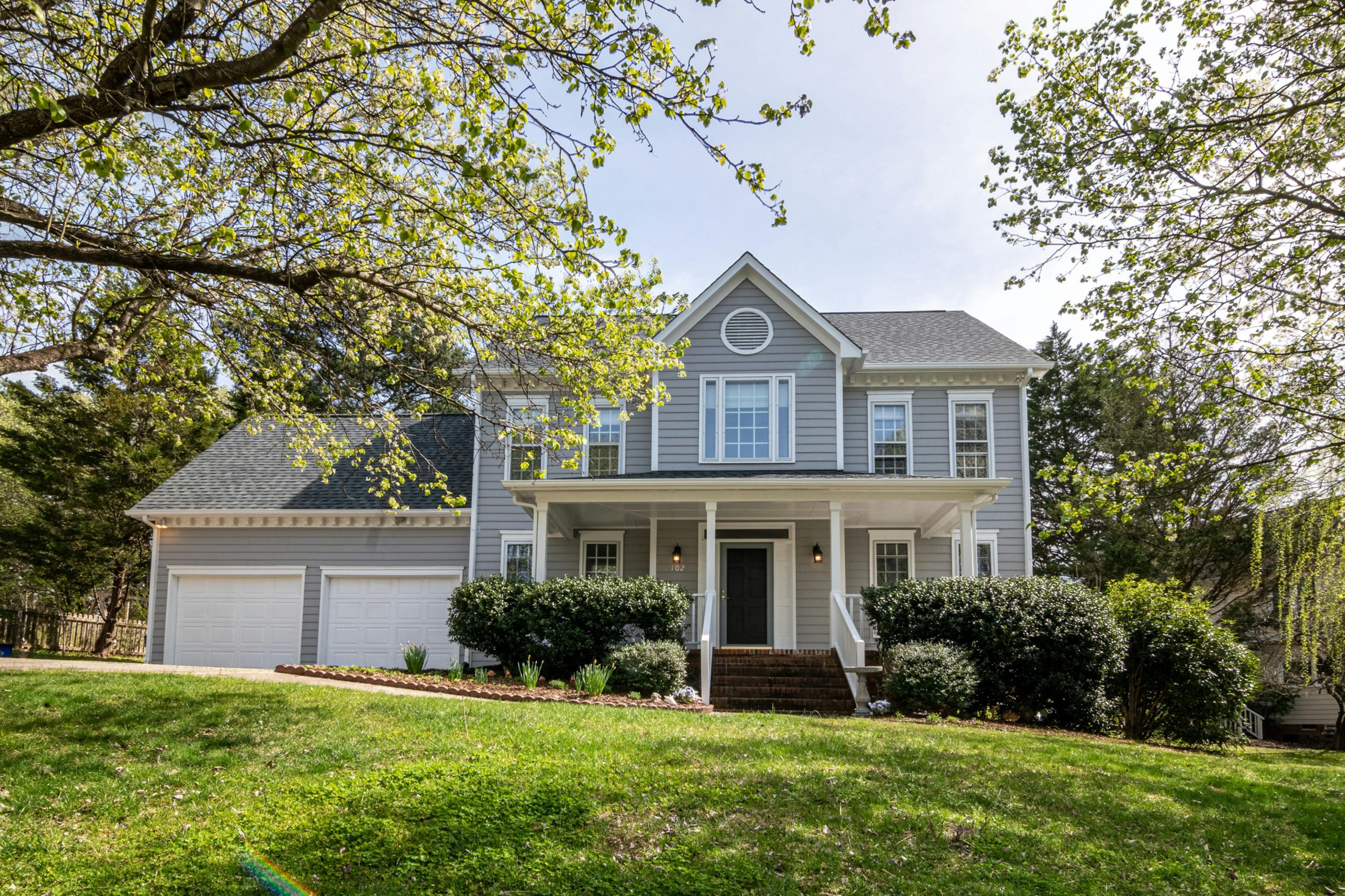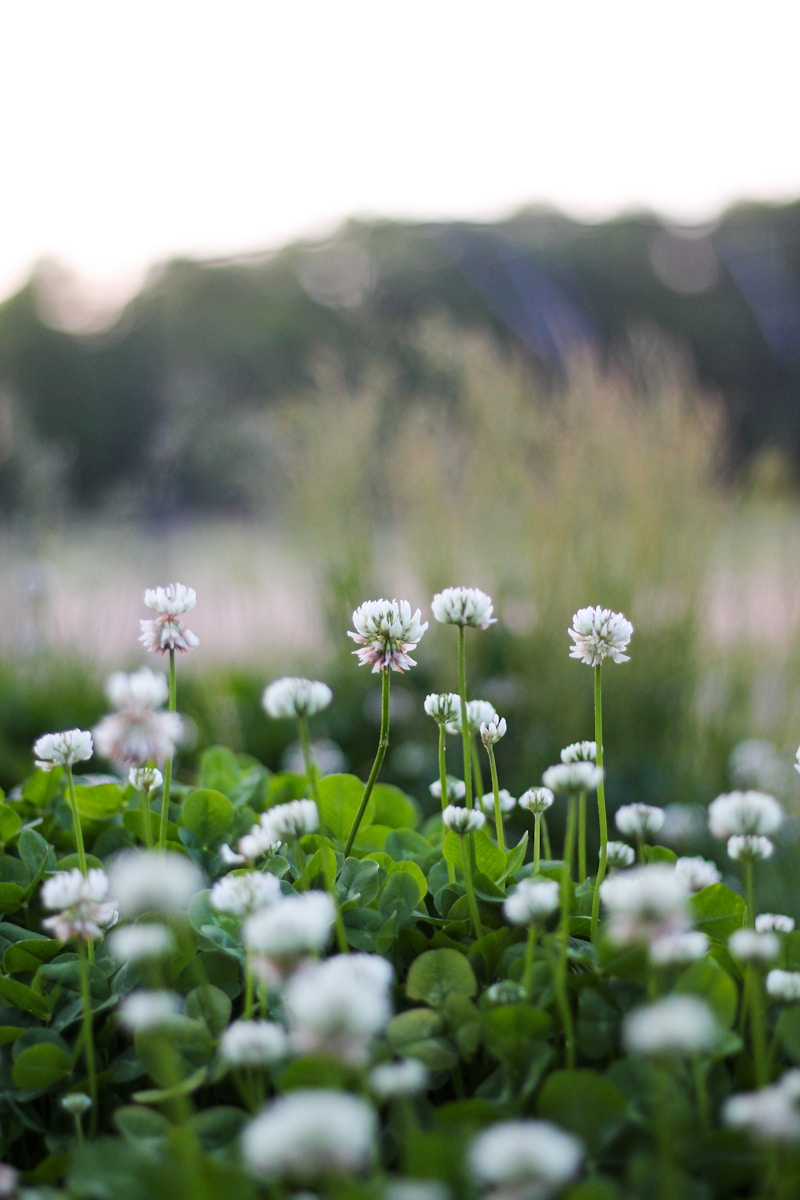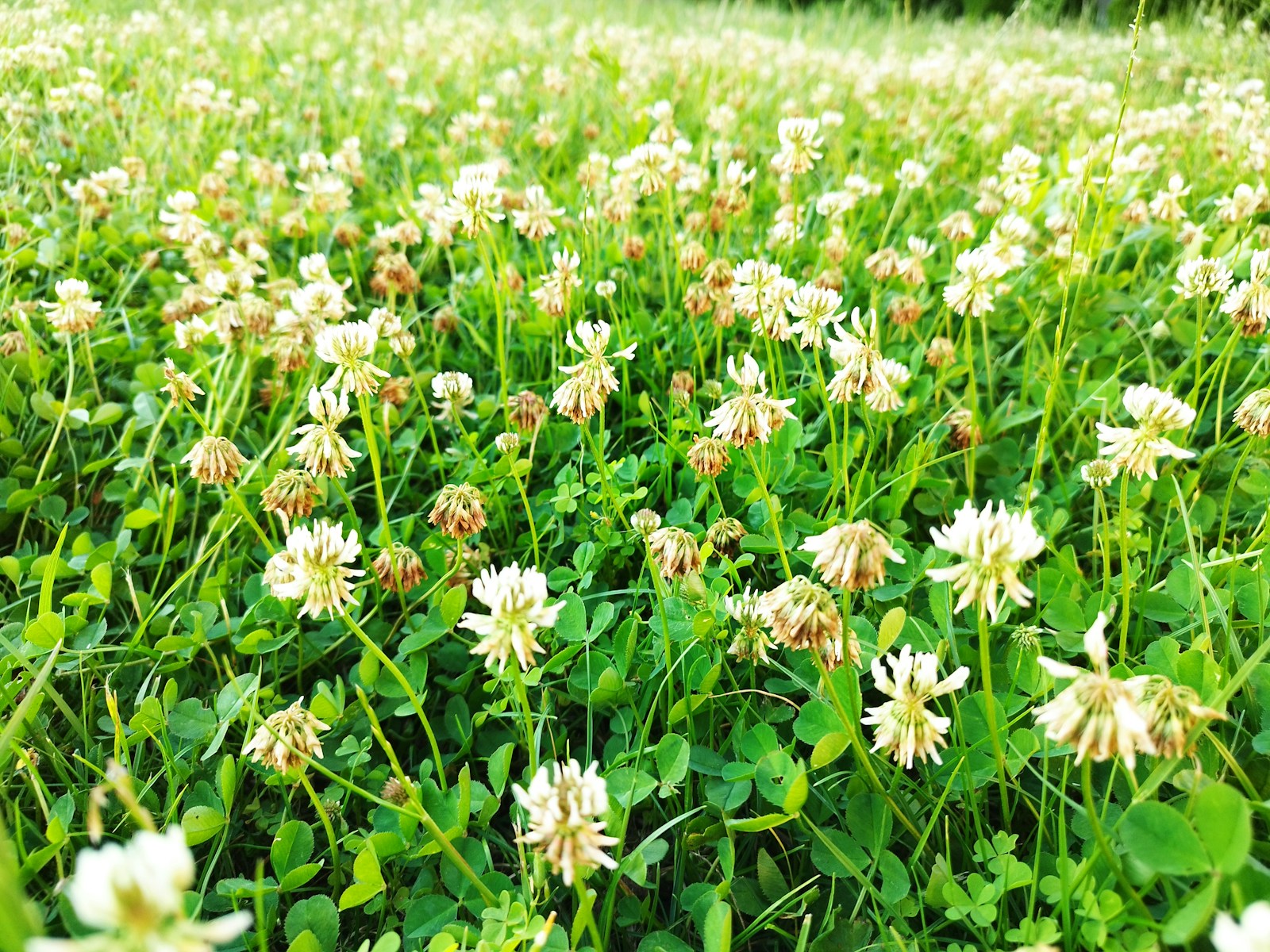Landscape fabric is a gardener’s secret weapon for controlling weeds, conserving soil moisture, and creating a low-maintenance garden. However, not all landscape fabrics are created equal, and choosing the right one can make a significant difference in your garden’s performance. This guide will help you understand how to select the perfect landscape fabric for weed control based on your specific needs.
What Is Landscape Fabric?
Landscape fabric is a geotextile material used as a barrier to suppress weeds while allowing water and air to reach the soil. It is commonly used in garden beds, walkways, and under hardscapes like patios and decks. Landscape fabrics come in various materials, thicknesses, and durability levels to suit different gardening needs.
Key Factors to Consider When Choosing Landscape Fabric
1. Material Type
The type of material determines the fabric’s durability and effectiveness.
- Woven Fabric: Made of tightly woven fibers, it is highly durable and best for heavy-duty applications like gravel paths and hardscaping projects.
- Non-Woven Fabric: Made of bonded fibers, it is ideal for gardens where water penetration is less critical, such as flower beds.
- Perforated Fabric: Features small holes for water and air flow, making it suitable for vegetable gardens and areas needing high permeability.
2. Thickness and Weight
Heavier fabrics provide better weed control and durability but may be harder to install. Lighter fabrics are easier to handle but may degrade faster.
- Light (1-3 oz): Ideal for annual flower beds.
- Medium (4-5 oz): Suitable for most garden beds and moderate foot traffic.
- Heavy (6+ oz): Best for high-traffic areas and long-term use.
3. UV Resistance
UV-resistant fabrics last longer when exposed to sunlight, making them ideal for areas with minimal ground cover.
4. Permeability
Choose a fabric that balances weed suppression with adequate water and air flow to keep your plants healthy.
- Low permeability for hardscapes.
- High permeability for gardens with live plants.
5. Application Type
Different applications require specific types of fabric:
- Garden Beds: Perforated or non-woven fabric.
- Gravel Paths: Heavy-duty woven fabric.
- Under Mulch: Medium to heavy-weight fabric with good permeability.
Top 5 Landscape Fabrics for Weed Control
1. VEVOR Weed Barrier Landscape Fabric
- Material: Woven polypropylene.
- Features: Heavy-duty, UV-resistant, excellent permeability, and tear-resistant.
- Best For: Long-term garden beds, walkways, and gravel paths.
- Pros: High durability, easy to install, affordable.
- Cons: May require additional anchoring in windy areas.
2. Dewitt Pro 5 Weed Barrier
- Material: Woven polypropylene.
- Features: UV-resistant, highly durable, excellent permeability.
- Best For: Long-term garden beds and high-traffic areas.
- Pros: Long lifespan, easy to cut.
- Cons: Higher price point.
3. ECOgardener Premium Landscape Fabric
- Material: Non-woven.
- Features: Lightweight, eco-friendly, water-permeable.
- Best For: Flower and vegetable gardens.
- Pros: Budget-friendly, biodegradable.
- Cons: May not last as long under heavy mulch.
4. AGTEK Garden Weed Barrier Fabric
- Material: Woven.
- Features: Tear-resistant, high permeability.
- Best For: Gravel paths and large-scale landscaping projects.
- Pros: Easy installation, durable.
- Cons: Limited UV resistance.
5. Scotts Pro Landscape Fabric
- Material: Non-woven.
- Features: Lightweight, good moisture retention.
- Best For: Seasonal gardens.
- Pros: Easy to handle, affordable.
- Cons: Less durable for long-term projects.
How to Install Landscape Fabric
- Prepare the Area: Remove all weeds, rocks, and debris from the soil. Level the surface to ensure the fabric lays flat.
- Cut the Fabric: Measure the area and cut the fabric to size, leaving an extra 6-12 inches for overlap.
- Secure the Edges: Use landscape staples or pins to anchor the fabric securely.
- Add Mulch or Gravel: Cover the fabric with a 2-3 inch layer of mulch or gravel for added stability and UV protection.
- Check Regularly: Inspect the fabric periodically to ensure it remains in place and free of tears.
FAQs About Landscape Fabric
1. Does landscape fabric prevent all weeds?
No, while landscape fabric greatly reduces weed growth, some persistent weeds may still sprout, especially if soil or mulch accumulates on top of the fabric.
2. Can I reuse landscape fabric?
Yes, durable fabrics can often be reused for multiple seasons if they remain intact.
3. Should I use landscape fabric under mulch?
Yes, using fabric under mulch helps extend its lifespan and improves weed control.
4. How long does landscape fabric last?
Depending on the material and exposure to sunlight, high-quality fabrics can last anywhere from 5 to 20 years.
Final Thoughts
Choosing the right landscape fabric for weed control is essential for maintaining a clean and healthy garden. Consider the material, durability, permeability, and application type to find the fabric that best suits your needs. With the right choice, you’ll save time, reduce maintenance, and enjoy a thriving, weed-free landscape for years to come.



